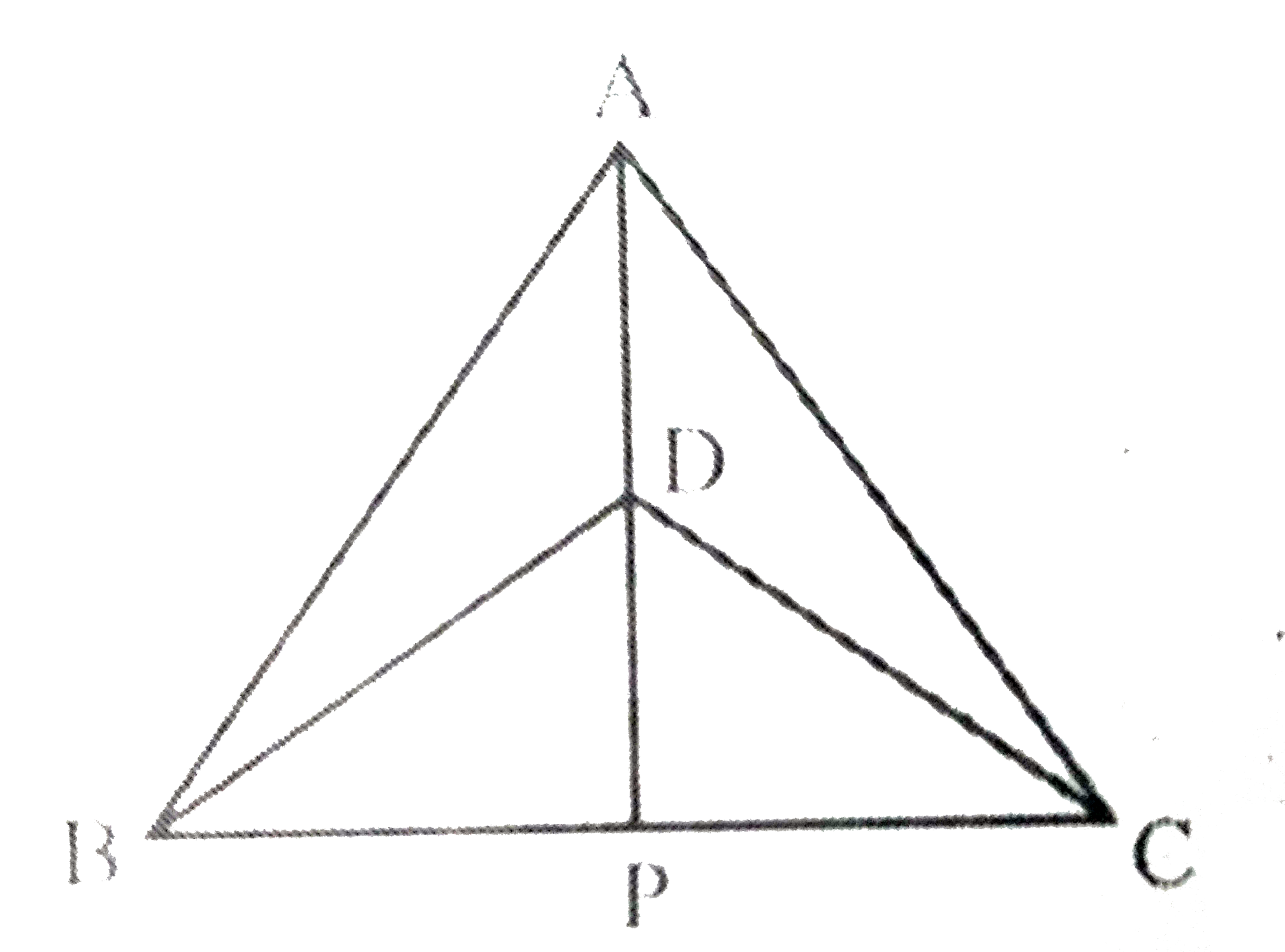Study the diagram. The line l is perpendicular to line m (a) Is CE=EG (b) Does PE bisect CG = (c) Identify any two line segments for which PE is the perpendicular bisector. (d) Are these true? (i) AC>EG (ii) CD=GH (iii) BC<EH
To solve the question step by step, we will analyze the given diagram and answer each part accordingly:
Step 1: Analyze CE and EG
- (a) We need to check if CE=EG.
- From the diagram, we can see:
- CE is the distance from point C to point E.
- If C is at coordinate 3 and E is at coordinate 5, then:
CE=E−C=5−3=2 units
- Now, for EG:
- If E is at coordinate 5 and G is at coordinate 7, then:
EG=G−E=7−5=2 units
- Since CE=2 units and EG=2 units, we conclude:
CE=EG(True)
Step 2: Check if PE bisects CG
- (b) We need to determine if line PE bisects CG.
- From our previous analysis, we established that CE=EG.
- Since PE is perpendicular to both CE and EG, it bisects CG as well.
- Therefore, we conclude:
PE bisects CG(True)
Step 3: Identify line segments for which PE is the perpendicular bisector
- (c) We need to find two line segments for which PE is the perpendicular bisector.
- From the diagram:
- First Segment: DF
- DE=5−4=1 unit
- EF=6−5=1 unit
- Since DE=EF and PE is perpendicular to DF, PE bisects DF.
- Second Segment: CG
- We already established that CE=EG and PE is perpendicular to CG.
- Thus, the two segments are:
DF and CG
Step 4: Evaluate the statements
- (d) We need to check the following statements:
- (i) Is AC>EG?
- AC=3−1=2 units
- EG=2 units
- Therefore, AC is not greater than EG:
AC>EG(False)
- (ii) Is CD=GH?
- CD=4−3=1 unit
- GH=8−7=1 unit
- Therefore, CD=GH:
CD=GH(True)
- (iii) Is BC<EH?
- BC=3−2=1 unit
- EH=8−5=3 units
- Therefore, BC<EH:
BC<EH(True)
Summary of Answers:
(a) True, (b) True, (c) DF and CG, (d) (i) False, (ii) True, (iii) True.
- (a) We need to check if CE=EG.
- From the diagram, we can see:
- CE is the distance from point C to point E.
- If C is at coordinate 3 and E is at coordinate 5, then:
CE=E−C=5−3=2 units
- Now, for EG:
- If E is at coordinate 5 and G is at coordinate 7, then:
EG=G−E=7−5=2 units
- Since CE=2 units and EG=2 units, we conclude:
CE=EG(True)
- (b) We need to determine if line PE bisects CG.
- From our previous analysis, we established that CE=EG.
- Since PE is perpendicular to both CE and EG, it bisects CG as well.
- Therefore, we conclude:
PE bisects CG(True)
- (c) We need to find two line segments for which PE is the perpendicular bisector.
- From the diagram:
- First Segment: DF
- DE=5−4=1 unit
- EF=6−5=1 unit
- Since DE=EF and PE is perpendicular to DF, PE bisects DF.
- Second Segment: CG
- We already established that CE=EG and PE is perpendicular to CG.
- Thus, the two segments are:
DF and CG
- (d) We need to check the following statements:
- (i) Is AC>EG?
- AC=3−1=2 units
- EG=2 units
- Therefore, AC is not greater than EG:
AC>EG(False)
- CD=4−3=1 unit
- GH=8−7=1 unit
- Therefore, CD=GH:
CD=GH(True)
- BC=3−2=1 unit
- EH=8−5=3 units
- Therefore, BC<EH:
BC<EH(True)
(a) True, (b) True, (c) DF and CG, (d) (i) False, (ii) True, (iii) True.
Topper's Solved these Questions
Similar Questions
AD and BC are equal perpendiculars to a line segment AB . Show that CD bisects AB.
View SolutionAD and BC are equal perpendiculars to a line segment AB . Show that CD bisects AB.
View SolutionTwo chords AB and CD of a circle are parallel and a line L is the perpendicular bisector of AB. Show that L bisects CD
View SolutionWhich of the following are models for perpendicular lines :(a) The adjacent edges of a table top.(b) The lines of a railway track.(c) The line segments forming the letter ‘L’.(d) The letter V.
View SolutionTwo chords AB and CD of a circle are parallel and a line l is the perpendicular bisector of AB . Show that l bisects CD.
View SolutionAssertion : The line l is parallel to the plane P. Reason: The normal of the plane P is perpendicular to the line l. (A) Both A and R are true and R is the correct explanation of A (B) Both A and R are true R is not the correct explanation of A (C) A is true but R is false. (D) A is false but R is true.
View SolutionIn Figure, l∣∣m and M is the mid-point of the line segment AB . Prove that M is also the mid-pooint of any line segment CD having its end-points on l and m respectively.
View SolutionIn Figure, lIIm and M is the mid-point of the line segment AB. Prove that M is also the mid-point of any line segment CD having its end-points on l and m respectively.
View SolutionThe direction cosines of a line satisfy the relations λ(l+m)=nandmn+nl+lm=0. The value of λ, for which the two lines are perpendicular to each other, is a. 1 b. 2 c. 1/2 d. none of these
View SolutionΔABCand ΔDBCare two isosceles triangles on the same base BC and vertices A and D are on the same side of BC (see Fig. 7.39). If AD is extended to intersect BC at P, show that (i) ΔABD≅ΔACD
(ii) ΔABP≅ΔACP
(iii) AP bisects ∠A as well as ∠D
(iv) AP is the perpendicular bisector of BC

View Solution
